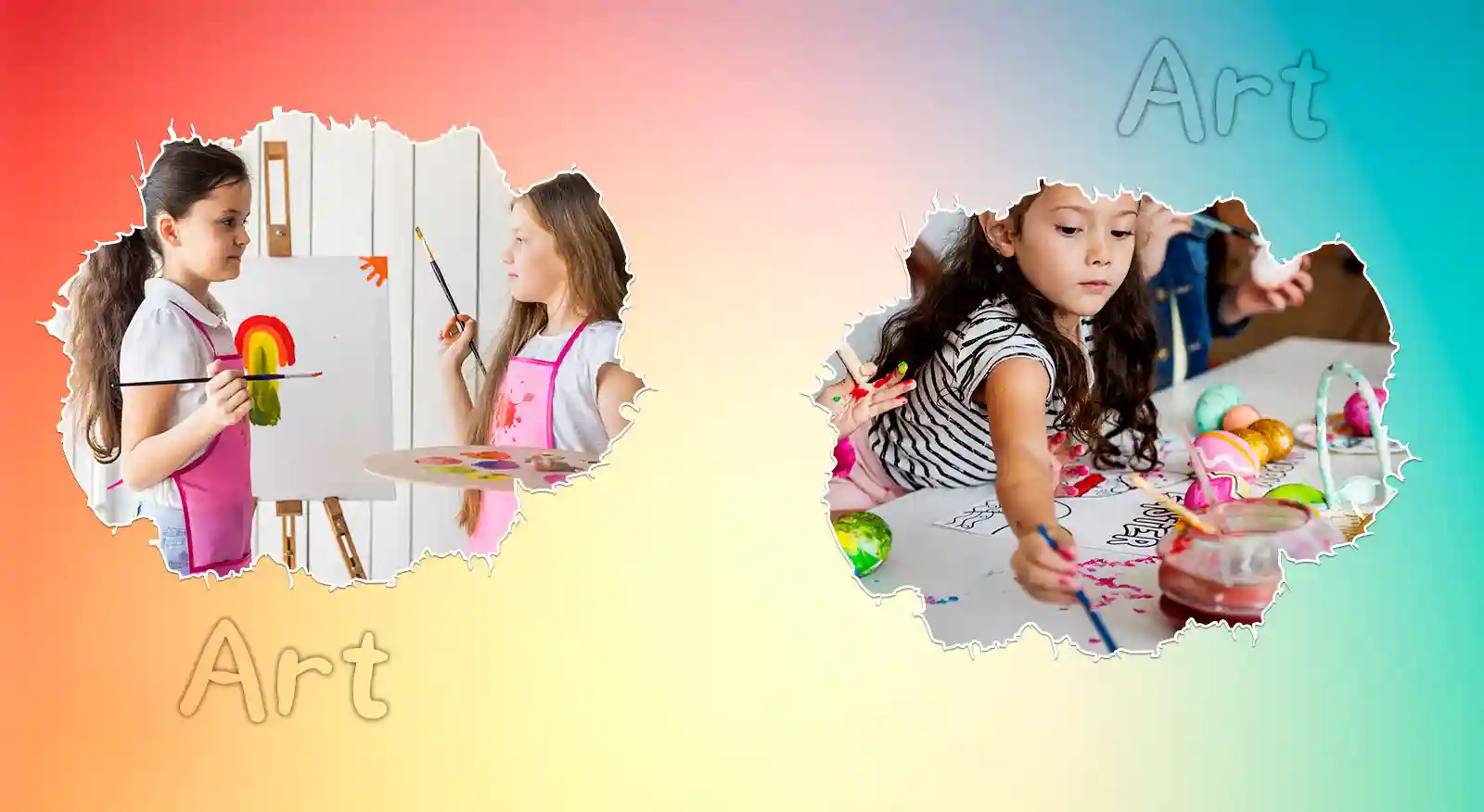
Fun and Educational Art Activities for School Events
Art is more than just a creative outlet—it’s a powerful tool for learning, teamwork, and self-expression. Whether you’re organizing a school carnival, a classroom workshop, or a special extracurricular event, incorporating fun and educational art activities can make the experience both enjoyable and enriching for students of all ages.
Here are some fantastic art activity ideas that will spark creativity and foster learning during school events.
1. Collaborative Mural Painting
Bring students together to create a large-scale mural that represents a shared theme, such as environmental awareness, cultural diversity, or school spirit.
Why it’s great:
- Encourages teamwork and communication.
- Teaches students about collaboration and design.
- Leaves behind a lasting piece of art to beautify the school.
How to execute:
- Assign a theme or let students vote on one.
- Provide paints, brushes, and a prepared wall or large canvas.
- Divide the mural into sections, allowing each group to contribute their ideas while keeping the overall design cohesive.
2. DIY Bookmark Workshop
This simple yet creative activity is perfect for younger students. Have them design and decorate their own bookmarks using materials like markers, stickers, glitter, and ribbons.
Why it’s great:
- Combines art with literacy promotion.
- Allows students to personalize something practical.
- Easy to set up and budget-friendly.
How to execute:
- Provide pre-cut cardboard or laminated paper strips.
- Offer a variety of decorating tools and materials.
- Encourage students to add their favorite quotes or designs related to their favorite books.
3. Clay Modeling Sessions
Introduce students to the tactile art of clay modeling. This hands-on activity allows them to sculpt their imaginations into reality, whether it’s animals, abstract shapes, or everyday objects.
Why it’s great:
- Improves fine motor skills and hand-eye coordination.
- Provides a calming, sensory experience.
- Encourages problem-solving and creativity.
How to execute:
- Provide air-dry clay or modeling clay in different colors.
- Offer basic tools like sculpting knives, rollers, and molds.
- Have students create items related to the event’s theme or let their imaginations run wild.
4. Art and Science Fusion Activities
Blend creativity and STEM learning with activities like building models of the solar system, creating chromatography art, or crafting “volcano paintings” using baking soda and vinegar.
Why it’s great:
- Makes learning more engaging and interactive.
- Combines visual and hands-on learning techniques.
- Sparks curiosity about scientific concepts.
How to execute:
- Provide materials for the chosen activity (e.g., watercolor paper and markers for chromatography art).
- Include a short explanation of the science behind each activity.
- Let students experiment and discover while creating.
5. Personalized T-Shirt Painting
Let students design and paint their own T-shirts to wear or take home as a keepsake.
Why it’s great:
- Teaches self-expression and individuality.
- Offers a functional and lasting reminder of the event.
- Engages students of all ages.
How to execute:
- Provide plain white T-shirts and fabric paints.
- Offer stencils, sponges, and brushes for added creativity.
- Set up drying stations to prevent smudging.
6. Storytelling Through Comic Strips
Encourage students to combine storytelling and art by creating their own comic strips. They can craft short stories featuring superheroes, animals, or even their daily lives.
Why it’s great:
- Enhances writing and narrative skills.
- Introduces visual storytelling concepts.
- Appeals to students with diverse interests.
How to execute:
- Provide blank comic strip templates or plain paper.
- Offer markers, colored pencils, and fine liners for detailed work.
- Encourage students to brainstorm story ideas before they begin drawing.
7. Cultural Crafts Workshop
Introduce students to art forms from different cultures, such as batik painting, origami, or traditional mask making.
Why it’s great:
- Promotes cultural appreciation and understanding.
- Provides insight into different traditions and techniques.
- Makes history and social studies more engaging.
How to execute:
- Choose a craft based on the event’s theme or curriculum.
- Provide the necessary materials and a brief background on the art form.
- Display finished crafts in a gallery setup for everyone to admire.
8. Art Jamming Stations
Set up multiple art jamming stations where students can freely explore different mediums, such as watercolors, acrylics, or pastels.
Why it’s great:
- Encourages open-ended creativity.
- Introduces students to various art techniques.
- Suitable for students of different skill levels.
How to execute:
- Divide the space into stations, each focusing on a specific medium or style.
- Provide sample pieces or inspiration boards for guidance.
- Allow students to move between stations at their own pace.
9. Recycling Art Challenges
Promote sustainability by encouraging students to create art from recycled materials like bottle caps, cardboard, or newspapers.
Why it’s great:
- Instills environmental awareness.
- Teaches resourcefulness and creativity.
- Results in unique, thought-provoking creations.
How to execute:
- Collect recyclable materials in advance.
- Assign a theme, such as “Future Cities” or “Ocean Life.”
- Display the finished pieces as part of an eco-friendly art exhibit.
10. Group Mandala Creation
Bring students together to create a large, intricate mandala using paints, colored sand, or markers.
Why it’s great:
- Encourages mindfulness and focus.
- Teaches symmetry and geometric patterns.
- Provides a calming group activity.
How to execute:
- Start with a large circular template or blank space.
- Assign each student a section to design.
- Watch as individual contributions come together in a harmonious masterpiece.
